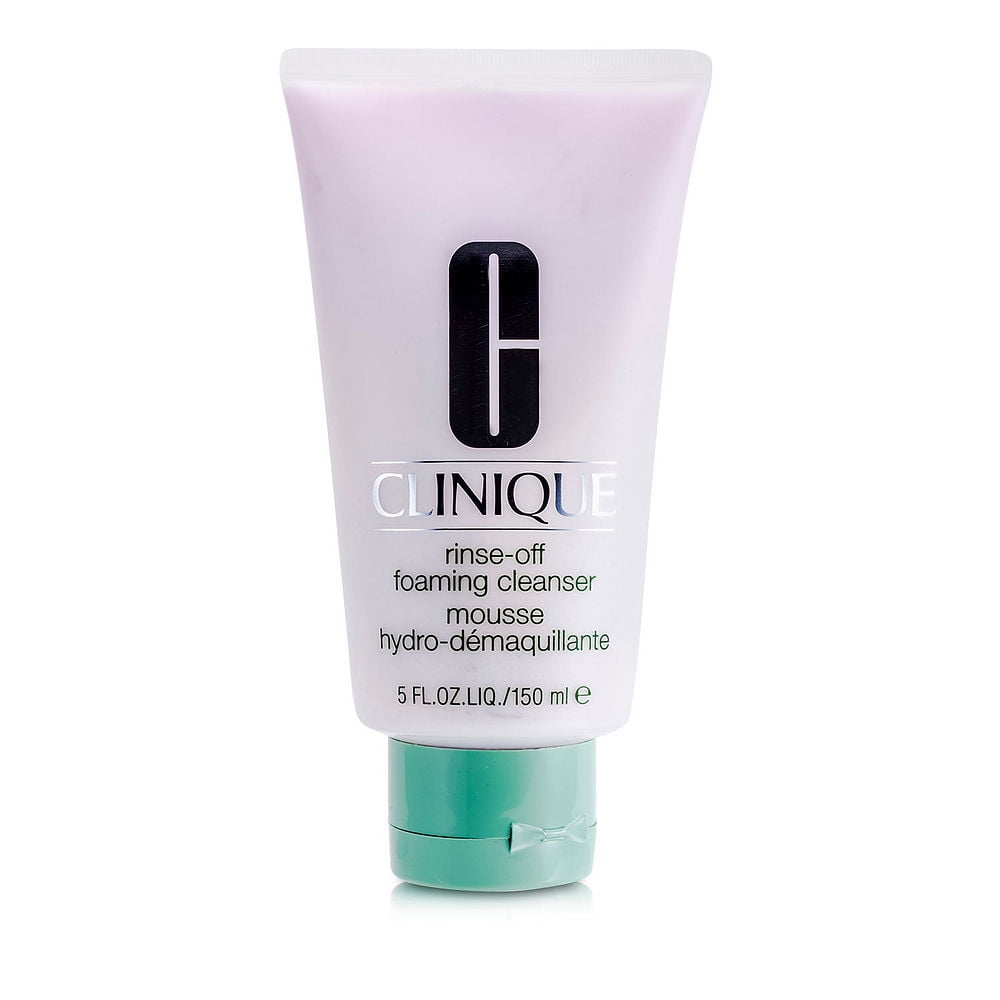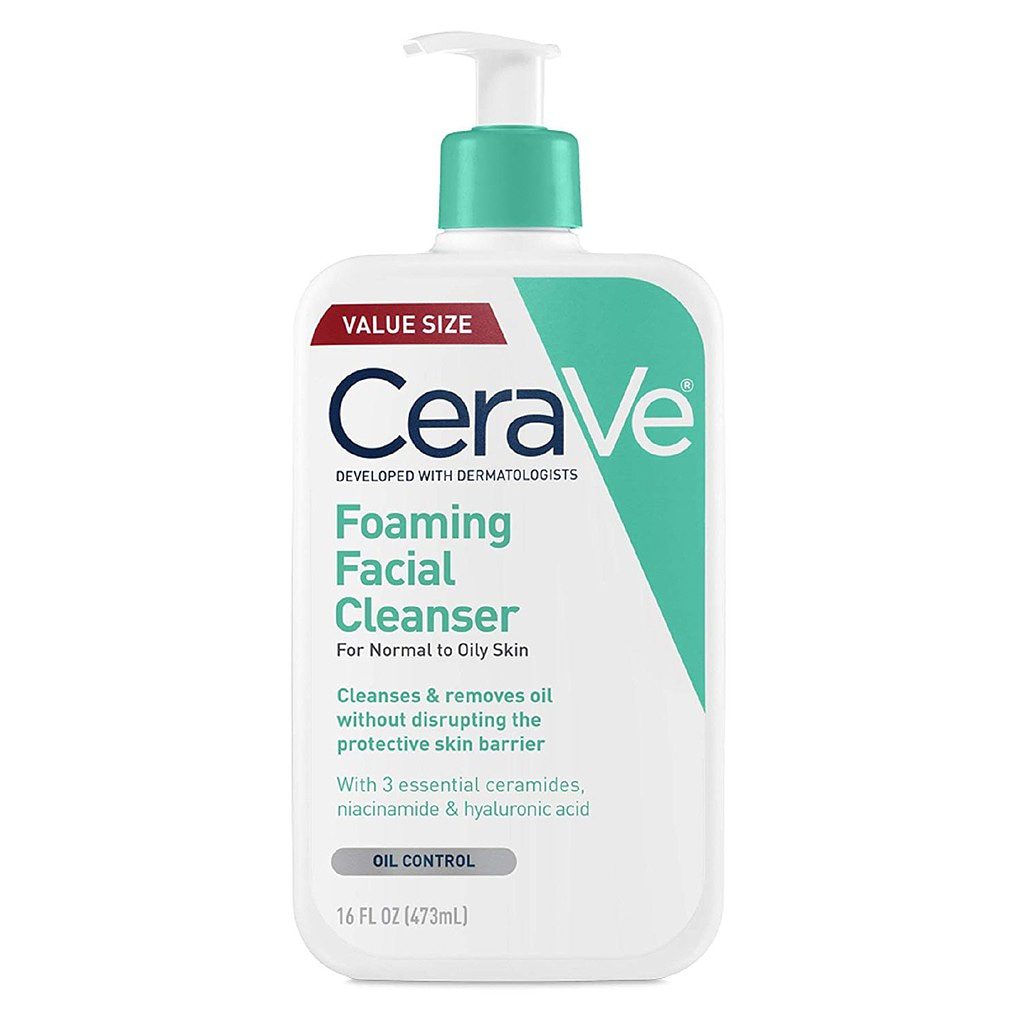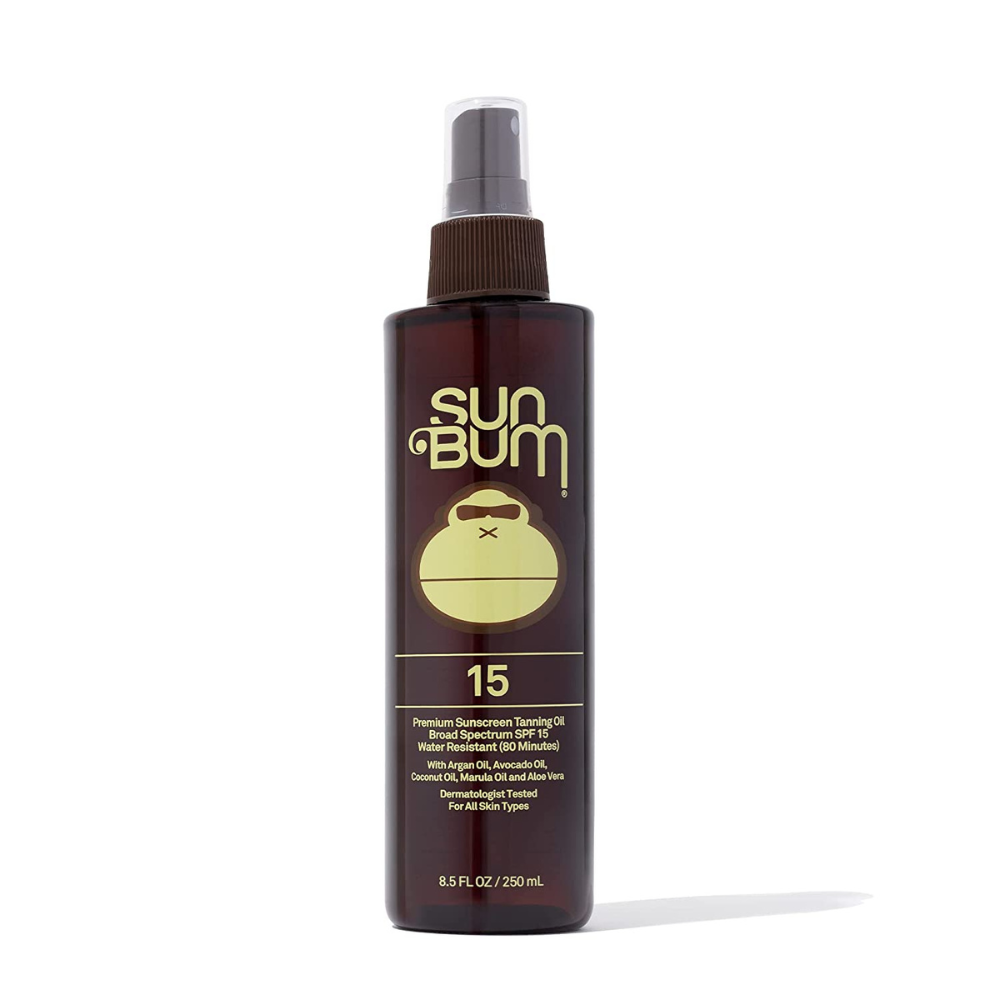What Are Foam Facial Cleansers?
Foam facial cleansers are a type of skincare product. They are known for their light, airy texture. When dispensed, they come out as a frothy lather. This lather is designed to cleanse the skin gently yet effectively. Unlike cream or gel cleansers, foam facial cleanser produce a rich lather. This helps in removing dirt, oil, and makeup from the face without harsh scrubbing.
Foam cleansers often contain surfactants. Surfactants help the product to foam and trap impurities. When you rinse your face, these impurities wash away. Many people enjoy foam cleansers for their ease of use. With just a pump or two, you can cover your entire face. This type of cleanser is great for a quick, refreshing clean. It’s especially liked for morning routines or after a workout.
Foam facial cleanser can suit various skin types. This includes oily, acne-prone, or even sensitive skin. It’s key to look for one that matches your skin’s needs. They are available in different formulas. Some target specific skin concerns like hydration or brightening.
In summary, foam facial cleansers are a convenient cleanser choice. They offer a satisfying cleanse with minimal effort. Their foamy lather works to lift away daily grime. This leaves the skin feeling clean and soft. They are a favorite for those who value a refreshing and effective cleanse.
The Benefits of Using a Foam Facial Cleanser
Foam facial cleansers offer a variety of benefits for your skin health and beauty routine. First and foremost, they provide a deep clean. Their rich lather works hard to dissolve and lift away dirt, oil, and makeup. This deep cleansing action can leave your skin feeling fresh and rejuvenated. Another key benefit is their gentle nature. The foam is usually soft and light. It makes the cleanser less likely to irritate or dry out the skin, which is a bonus for those with sensitive complexions. Moreover, these cleansers can help in reducing the appearance of pores. The foaming action helps clear out pore-clogging impurities. This could result in a smoother, more refined skin texture.
Beyond just cleansing, many foam facial cleansers are formulated with active ingredients. These ingredients target specific skincare concerns. For hydration, brightening, or reducing acne, there is likely a foam cleanser that can assist. They are also convenient for people on the go. One or two pumps are all it takes to wash your entire face. This saves time in your skincare routine. Lastly, the fun, frothy foam of the cleanser can turn a routine task into an enjoyable self-care moment.Incorporate a foam facial cleanser into your regimen to experience these benefits first-hand. It can lead to clearer, healthier-looking skin over time.

How to Choose the Right Foam Cleanser for Your Skin Type
Choosing the right foam facial cleanser for your skin type is crucial. It ensures that you get the most benefits without causing irritation or other skin issues. Here are some tips to help you pick the perfect one:
- For Oily Skin: Look for foam cleansers with salicylic acid or glycolic acid. These ingredients can help control excess oil and prevent breakouts. A clarifying formula will also help in reducing shine.
- For Dry Skin: Seek hydrating ingredients like hyaluronic acid or glycerin. They help maintain moisture balance. Avoid cleansers with high alcohol content as they can be drying.
- For Sensitive Skin: Gentle, fragrance-free formulations are key. Ingredients like aloe vera and chamomile can soothe and calm sensitive skin.
- For Combination Skin: You’ll want a balanced cleanser that can address oily zones without stripping dry areas. Look for a foam cleanser that gently purifies and maintains hydration.
- For Acne-Prone Skin: Select a cleanser with benzoyl peroxide or tea tree oil. These ingredients fight acne-causing bacteria, helping to keep skin clear.
- For Aging Skin: Anti-aging foam cleansers with antioxidants and retinol can support skin’s elasticity and reduce the appearance of wrinkles.
Remember to consider the ingredients and read labels carefully. Doing a patch test can also prevent any adverse reactions. With the right foam facial cleanser, you’re one step closer to achieving balanced, healthy skin.
The Key Ingredients in Foam Cleansers and Their Effects
Foam cleansers contain ingredients that clean and care for the skin. This section will provide insight into the key ingredients found in foam facial cleansers and their various effects on the skin.
- Surfactants: These are the cleansing agents that create the foam. They help to dissolve makeup, oil, and dirt on the skin’s surface. Look for mild surfactants to avoid over-drying.
- Salicylic Acid: Ideal for oily and acne-prone skin. It helps to exfoliate dead skin cells and unclog pores.
- Glycolic Acid: An alpha-hydroxy acid that supports skin renewal. It can brighten the complexion and smooth fine lines.
- Hyaluronic Acid: It attracts moisture to the skin, making it a great hydrating ingredient. It’s beneficial for dry and aging skin types.
- Glycerin: A humectant that draws moisture from the air to the skin. It keeps skin hydrated and soft.
- Aloe Vera: Known for its soothing properties. It calms irritation and reduces redness, perfect for sensitive skin.
- Tea Tree Oil: Has antibacterial qualities. It is known to help fight acne and soothe skin inflammation.
- Antioxidants: Like vitamins C and E, they protect the skin from environmental damage and help in reducing signs of aging.
Pick your foam facial cleanser wisely based on these ingredients and their known effects. By doing so, you’ll be on your way to a more targeted and effective skincare routine.

Step-by-Step Guide to Using a Foam Facial Cleanser
Using a foam facial cleanser is straightforward, but following the right steps can enhance your skincare ritual. Below you’ll find a simple guide to help ensure you get the best results from your foam facial cleanser.
- Wet Your Face: Begin with a clean canvas. Splash warm water on your face to open up the pores.
- Apply the Cleanser: Press the pump to dispense a small amount of foam cleanser into your palm. One or two pumps should suffice.
- Gently Massage: Using your fingertips, lightly massage the foam onto your face in circular motions. Don?t rub too hard. Be gentle around sensitive areas like the eyes.
- Let It Work: Allow the foam to sit for a moment. This lets the ingredients work their magic on your skin.
- Rinse Thoroughly: Wash off the foam with warm water. Make sure you remove all traces of the cleanser to avoid residue.
- Pat Dry: With a clean towel, gently pat your face dry. Do not rub, as this can irritate the skin.
- Follow Up with Skincare: Apply your usual toner, serum, and moisturizer. This will help to lock in hydration.
These steps, when done correctly, utilize the properties of the foam facial cleanser for maximum benefits. Its rich lather combined with active ingredients works to cleanse and treat your skin effectively.
Common Mistakes to Avoid When Using Foam Cleansers
Using a foam facial cleanser seems easy, but mistakes can happen. Here are common missteps to watch for:
- Overusing Product: A little goes a long way with foam cleansers. Too much can dry your skin.
- Not Rinsing Well: Make sure to rinse off all the foam. Leftover residue can lead to irritation.
- Rubbing Too Hard: Be gentle when applying the foam. Harsh rubbing can damage your skin.
- Using Hot Water: Hot water can strip the skin’s natural oils. Use lukewarm water instead.
- Skipping Moisturizer: Always follow up with a moisturizer. It helps to seal in hydration.
- Ignoring Ingredients: Read labels carefully. Some ingredients might not suit your skin type.
- Incorrect Timing: Don?t rush the process. Give the cleanser time to work on your skin.
By avoiding these mistakes, you can get the most out of your foam facial cleanser. It contributes to a more effective skincare routine and healthier skin over time.

Foam Cleanser Vs. Other Types of Cleansers: Which Is Best for You?
Choosing the right cleanser is vital for your skin health. Foam cleansers are just one option. Other types include gel, cream, oil, and micellar water cleansers. Each has its pros and cons, depending on your skin type and preferences.
- Gel Cleansers: They are clear and gel-like. Great for deep cleaning and decongesting clogged pores. Perfect for oily and acne-prone skin.
- Cream Cleansers: Rich and creamy, they help moisturize as they cleanse. Ideal for dry or sensitive skin types.
- Oil Cleansers: They break down makeup and sunscreen well. They suit most skin types but are a favorite for dry skin.
- Micellar Water: Gentle and hydrating, these are good for a quick cleanse. Good for normal to sensitive skin.
Foam cleansers stand out for their light texture and deep cleaning ability. They work well to remove excess oil without harsh scrubbing. For oily or combination skin, a foam facial cleanser can be the best pick.
For dry or sensitive skin, look for foam cleansers with added hydrating ingredients. This will help keep skin balanced. Also, watch out for surfactants that can strip the skin. Gentle, hydrating ingredients like glycerin and hyaluronic acid are your friends.
If you wear heavy makeup, you might opt for an oil cleanser. They can dissolve stubborn products easily. Follow up with a foam cleanser for a double-cleanse routine.
In the end, the best cleanser for you depends on your skin’s needs. Test different types to find your perfect match. Foam facial cleanser could be the key part of your daily skincare ritual.
Tips for Integrating Foam Facial Cleansers into Your Skincare Routine
Integrating a foam facial cleanser into your daily routine can enhance your skincare practice. Here are some tips to make the most out of your cleanser:
- Start and End Your Day Right: Use your foam facial cleanser both in the morning and at night. It removes overnight oils and preps your skin for the day ahead.
- Keep it Gentle: Always apply the foam with a soft touch. Avoid scrubbing your skin too harshly.
- Double Cleanse When Needed: If you wear heavy makeup, first use an oil-based cleanser. Follow up with your foam cleanser for a thorough clean.
- Use Warm Water: Warm water helps to open pores and ensure a deep clean. Don’t use hot water, as it can be drying.
- Pat Dry Your Skin: After rinsing, gently pat your skin dry with a towel. This prevents irritation and is kind to your skin.
- Follow with Hydration: Apply a moisturizer right after cleansing to lock in moisture. This keeps your skin hydrated.
- Regularly Replace Your Cleanser: Don’t let your cleanser get old. Replace it every few months for the best quality and efficacy.
By following these simple steps, you’ll incorporate a foam facial cleanser seamlessly into your skincare regimen. Your skin will feel refreshed and properly cared for with minimal effort.



